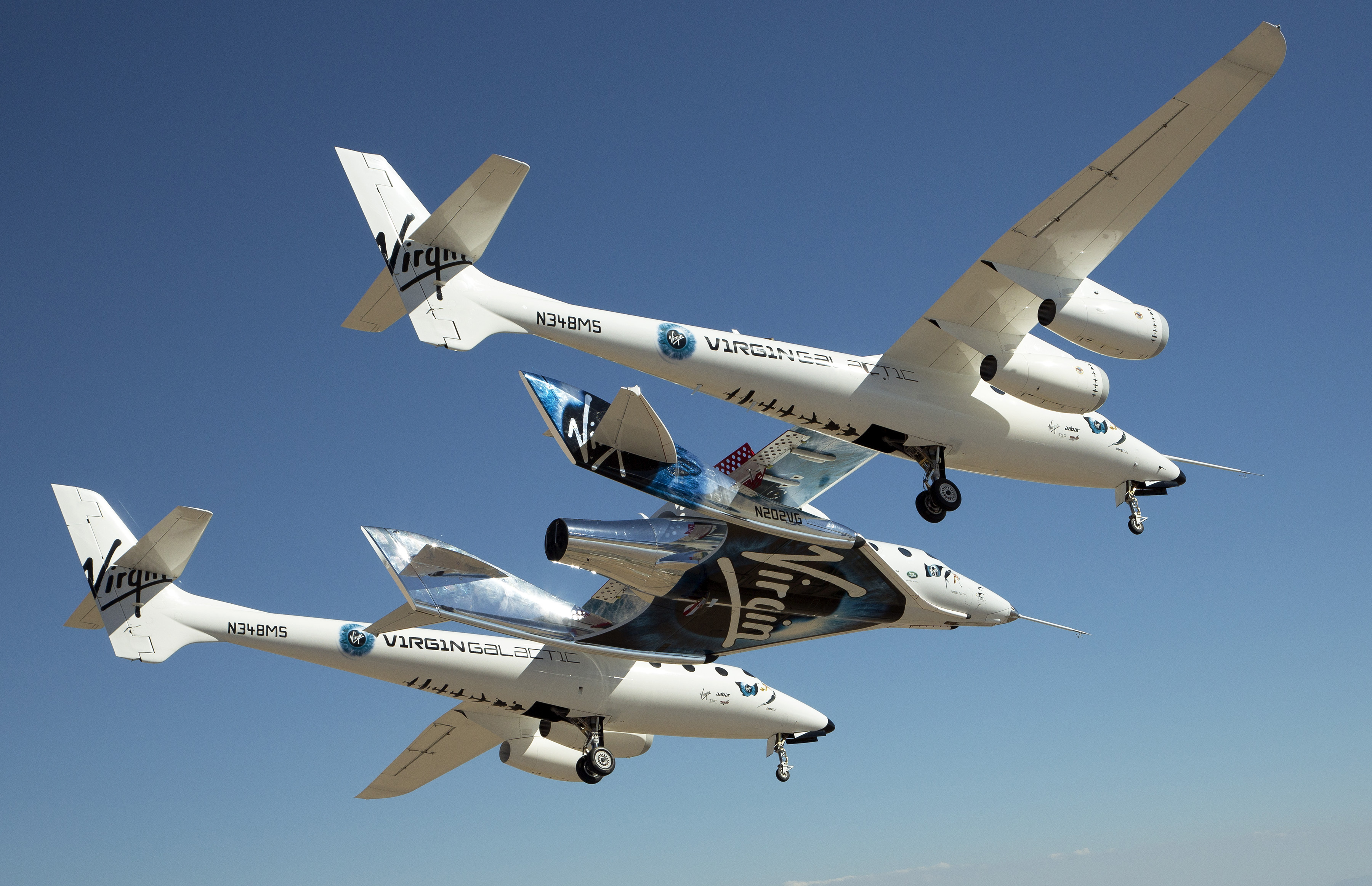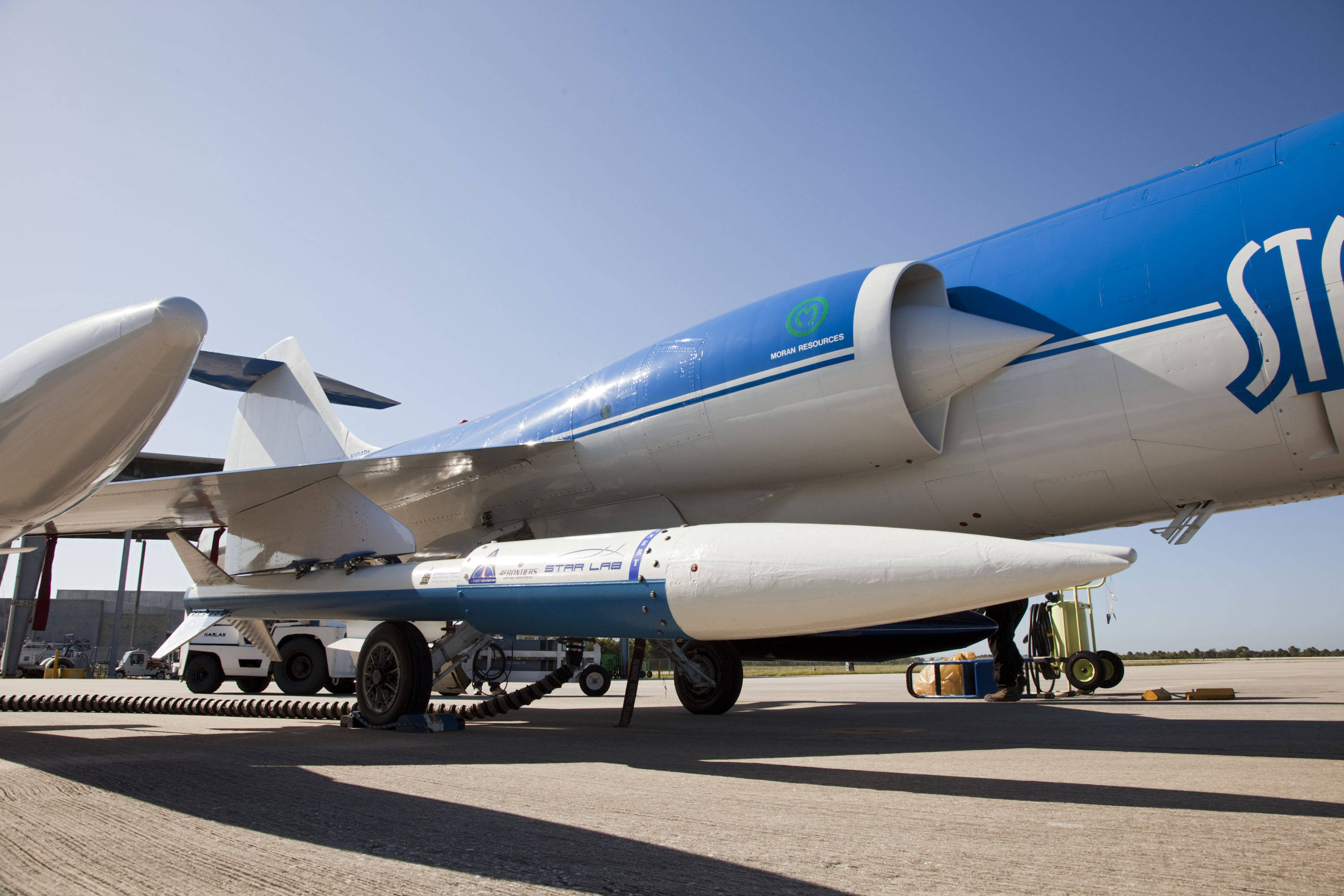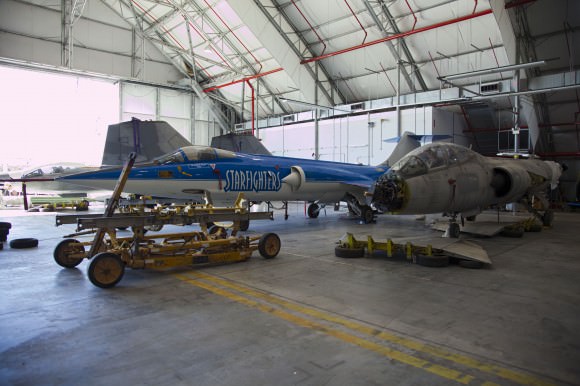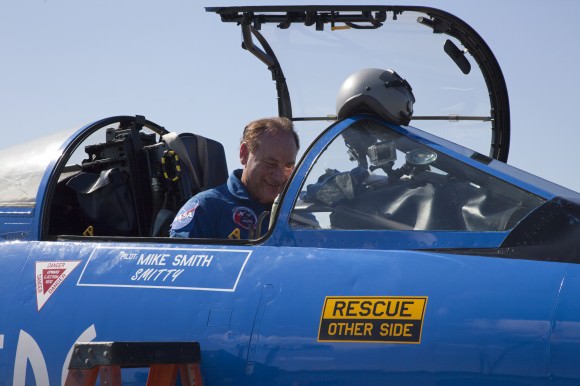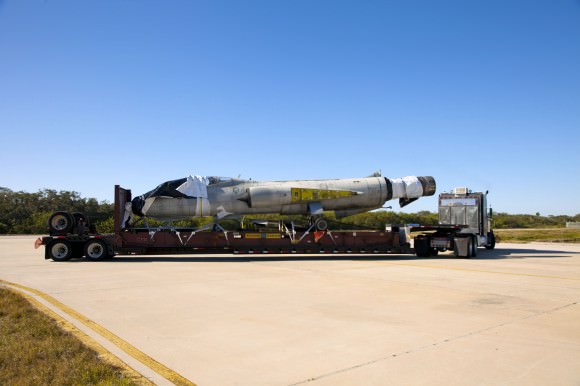Stephen Hawking has spent decades theorizing about the Universe. His thinking on black holes, quantum gravity, quantum mechanics, and a long list of other topics, has helped shape our understanding of the cosmos. Now it looks like the man who has spent most of his adult life bound to a wheel-chair will travel to the edge of space.
In an interview with Good Morning Britain, Hawking said “Richard Branson has offered me a seat on Virgin Galactic, and I said yes immediately.” Hawking added that his “three children have brought me great joy—and I can tell you what will make me happy, to travel in space.”
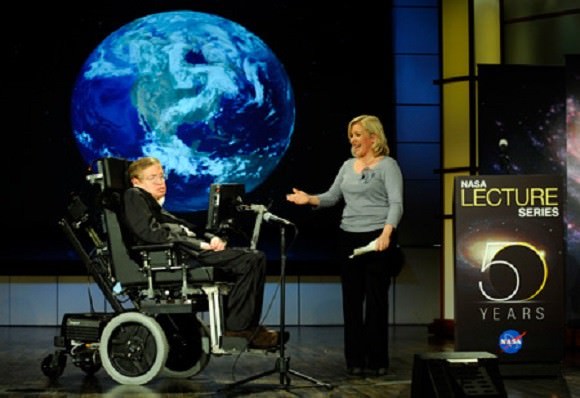
It’s all thanks to Richard Branson and his VSS Unity spaceship, which is still under development by The Spaceship Company. The Unity is designed to launch not from a rocket pad, but from underneath a carrier aircraft. By eliminating enormously expensive rocket launches from the whole endeavour, Branson hopes to make space more accessible to more people.
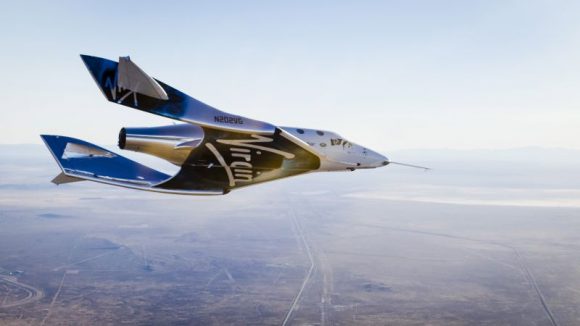
The Virgin Galactic spacecraft is carried to an altitude of about 50,000 feet, then released from its carrier aircraft. Its rocket fires for about 1 minute, which accelerates the craft to three-and-a-half times the speed of sound, then is shut off. Then, according to Virgin Galactic, passengers will experience a “dramatic transition to silence and to true weightlessness.”
As the video shows, the spacecraft is still in glide testing phase, where it is carried to altitude, then released. There is no rocket burn, and the craft glides down and lands at its base.
This spaceflight won’t be Hawking’s first experience with weightlessness, however. To celebrate his 65th birthday, Hawking travelled on board Zero Gravity Corp’s modified Boeing 727 in 2007. At the time, that zero-g flight was in preparation for a trip into sub-orbital space with Virgin Galactic in 2009. But the development of Virgin Galactic’s spacecraft has suffered setbacks, and the 2009 date was not attainable.
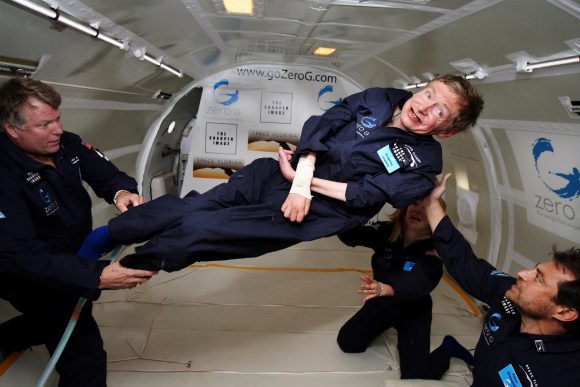
Virgin Galactic’s stated aim is to “democratize space,” albeit at a cost of US $250,000 per person. But somehow I doubt that Hawking will be paying. If anyone has earned a free trip into space, it is Dr. Stephen Hawking.

